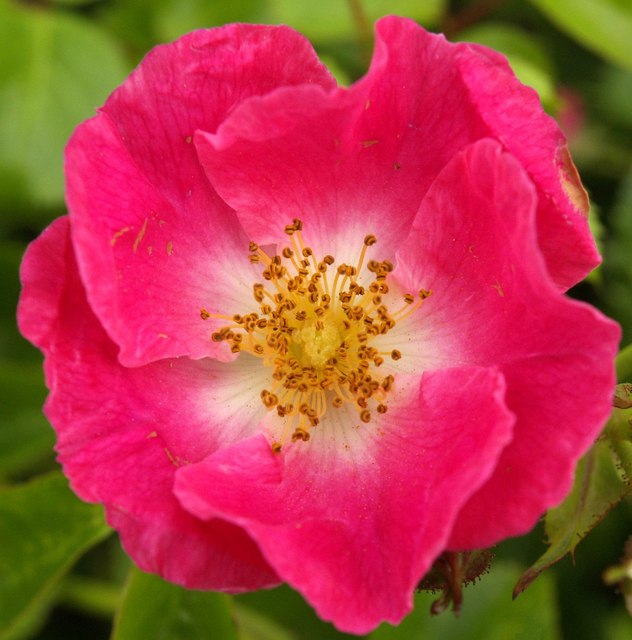

| Shadow tendency | Wholeness |
|---|---|
| Often sleepy | Revives inner zest for life |
| Apathetic | Contented awareness |
| Resigned | Enthusiasm |
| May be patient and uncomplaining | Ambition |
| We feel that change is beyond our control | Vitality |
| Succumbed to apathy | Lively interest in life is returned |
| Don’t make any effort to change their direction of life whether they like it or not | Interested in the present |
| Passive people | Purposeful |
| Easily surrender to the struggle of life | Happiness through enrichment and enjoyment with friends and family |
| Weakly submit to illnesses and diseases | Good health |
| Accept whatever happens because “that is life” | Resilient to get well and back on track after an illness or an obstacle |
| Neutral emotions | Inner freedom |
| Emotional flatness | Flexibility |
| Lack vital energy | Joy filled life |
| May have congenial work or monotonous lives | Ability to cope happily with life |
| No effort | Situations alter to be better |
| No improvement or enjoyment in life | More positive thoughts and outlook to life |
| Bored | Encouraged to live |
| Stoic | Bursting with energy |
| We feel change is beyond our control | Engaged |
| Fails to understand they are the reason of the situations that they are in | Reconnect to your inner self |
| May have monotonous emotionless voice | Rediscover pleasure of life |
| Feelings of being utterly deserted | Sparkle |
| Emptiness | Contented awareness |
| Void of hope | |
| May seem half dead | |
| Underlying hopeless sadness | |
| Washed out | |
| Chronically bored | |
| Don’t complain about their bad situation | |
| Considers their situations normal | |
| No inner motivation | |
| Has capitulated | |
| Lack of interest and ambition | |
| Gives up | |
| Has a pessimistic outlook | |
| Believes one has inherited ill-health | |
| Fed-up | |
| Frustrated | |
| Not bothered | |
| Inner spark vanishes | |
| Low spirits | |
| disinterested |
Origin and Specification of the Plant
Binomial Name: Rosa Canina
Kingdom: Plantae
Family: Rosaceae
Genus: Rosa
Species: R.canina
Origin: Europe, North-west Africa, Western Asia
Shade: pink, white
Other names: Bird briar, Briar rose, Buckieberries, Canker, Canker flower, Canker rose, Cankerberry, Choop tree, Common brier, Dog briar, Dog brier, Hep briar, Hep rose, Hep tree, Wild rose, Cat whin, Dog rose
Elements/Chemicals contained by the plant: L-absorbic acid
Foliage: Deciduous
Height: 1-5 metres
Description: grows up to 3 meters tall. It has prickly stems and green leaves. In early summer, it produces fragrant pink or white flowers with yellow parts. After the flowers, it makes red fruits.
Flowering season: Spring
Qualities and preferences: full sun or part shade in moderately fertile, humus-rich, moist but well-drained soil
Areas of Growth: hedgerows, woodland edges, scrubland
The term "Rosa Canina" is derived from the Latin word "canina," which means "of the dog." This name was given to the plant because it was believed to be a remedy for the bite of a mad dog. The word "rosa" is Latin for "rose," which refers to the plant's beautiful flowers. So, the name "Rosa Canina" literally means "dog rose."
Rose hips, which are the fruits of the Rosa Canina plant, are a rich source of vitamin C, flavonoids, and other vitamins. Interestingly, these fruits are not true fruits, but rather false fruits that are formed from the stalk ends growing around the carpels and enclosing the small, hairy, "real" fruits inside, each containing one seed.
Vitamin C, also known as L-ascorbic acid, is a vital nutrient that is essential for the human body. It plays a crucial role in maintaining healthy cells and tissues, and it is particularly important for wound healing and the production of collagen, which is a protein that provides structure to the skin, bones, and other connective tissues.
In addition to these functions, Vitamin C is also a potent antioxidant that helps to protect the body from the harmful effects of free radicals. Free radicals are unstable molecules that can damage cells and tissues, leading to inflammation and the development of chronic diseases such as cardiovascular disease and cancer. What makes Vitamin C unique as an antioxidant is that it not only has its own antioxidant activity, but it can also regenerate other antioxidants such as Vitamin E.
Specification of remedy
Group: Second nineteen
Emotional Group: Insufficient interest in present circumstances
Emotional response: Apathy
Method of extraction: Boiling
Wild rose relates to the soul potentials of devotion and inner motivation. Dr Bach first prepared the Wild Rose remedy from bushes growing around Brightwell- cum-Sotwell during the year of 1935. We take Wild Rose when we feel life is passing us by or that we are not getting as much joy as we might from our existence.
Comparison between other flowers
Gorse:
Did have hopes, but is now in despair, believing his hopes finally have to be buried. Somewhat more active inwardly than Wild rose. On the other hand, Wild rose just goes along paralysing apathy and it never occurs for it to hope for more.
Sweet chestnut:
Believes he has reached the limits of endurance, is just about to reach the limit where resignation sets in. Still doesn’t give up however. However, a general Wild rose person would admit the limit and partially or wholly give up.

The pictures above shows the wild rose flower living peacefully in its habitat in a closer aspect.